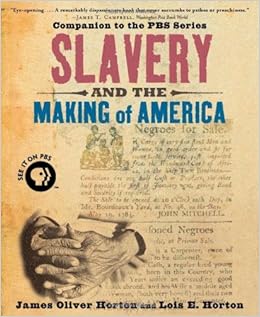Poetry about basketball? About rapping and braids, girls and family drama? The Crossover (the 2015 Newbery Medal Winner) has all this, and more! Written entirely in verse, the book is told from the point of view of Josh “Filthy McNasty” Bell. Each chapter is, in reality, a poem through which Josh expresses his love for basketball and his family, but also his anxiety about the way people change and his struggle to make sense of this ever-changing world. This book gives all readers a taste of new and different ways of self-expression, and reminds readers that there are many ways to tell our stories, rap and poetry included! Reading The Crossover is an excellent way to finish celebrating Black History Month with a bang, or a great way to start off your celebration of National Poetry Month in April. --Katrina Ortega
Alexander, Kwame. The Crossover. New York: Houghton Mifflin Harcourt, 2013. Print
Click here for an educator guide to The Crossover from its publisher.
Katrina Ortega is a Young Adult librarian at the NY Public Library's Hamilton Grange Branch. In the past, Katrina has provided library services to non-traditional communities, including adults and teens experiencing incarceration and homelessness. Katrina is an avid reader of all literature, and has recently become a huge fan of YA books. She loves helping library patrons discover books that might be considered unusual, like graphic novels, comic books and manga, and poetry.














